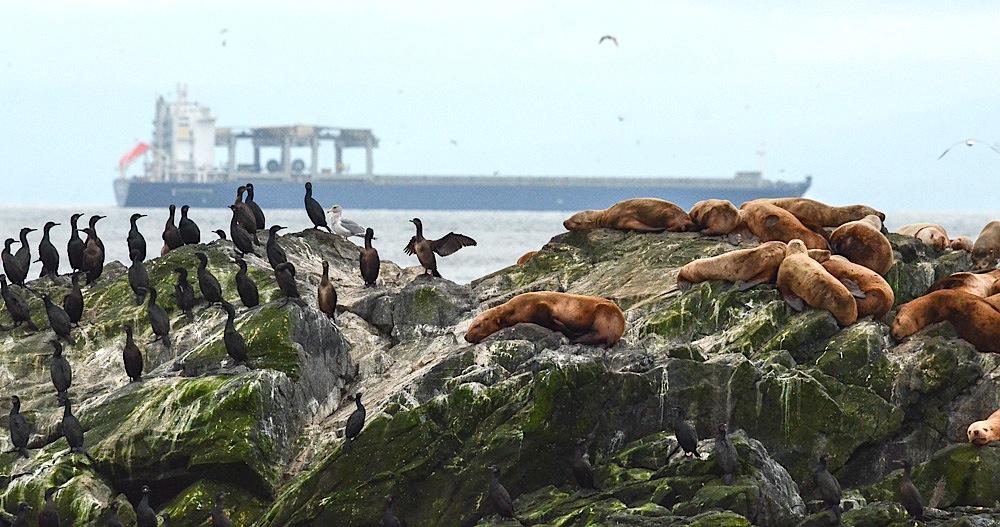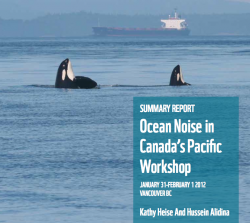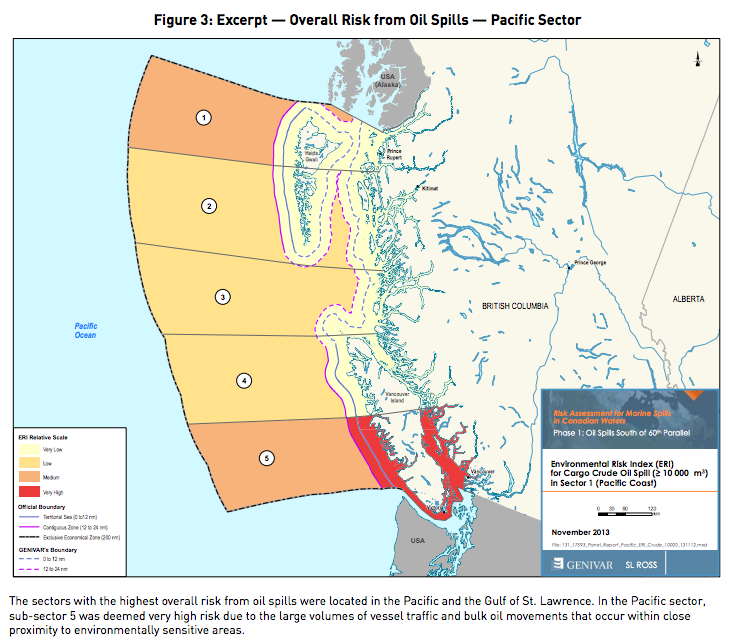This recent cover story by Lovel Pratt in the ![]() http://www.whatcomwatch.org/php/WW_open.php?id=1795 is well worth reading for Metchosin residents .
http://www.whatcomwatch.org/php/WW_open.php?id=1795 is well worth reading for Metchosin residents .
Examples it has stated:
- “The consequences are huge: The Department of Ecology(Washington State) estimates that a major oil spill in the state would cost 165,000 jobs and $10.8 billion in annual economic activity.
- However, these figures are undervalued because, in addition to being two years outdated, this estimate does not include any costs associated with the impacts of oil spills to privately owned shoreline and water-view properties.”
- “Property owners may be required to evacuate if faced with fire danger and/or air pollution from emissions of benzene and other volatile organic compounds. If evacuation is not required, shoreline and water access could be cut back or prohibited. Water views would be spoiled by oil slicks and noisy cleanup operations, and oiled shorelines would likely be mechanically cleaned by pressure washing and bulldozing.–Property owners also face losses to assessed values. A study conducted in British Columbia revealed that privately owned properties can lose from 10-40 percent in value, and even properties near spills that are not directly affected can lose value by association.”
- “Typical homeowner’s insurance would not provide compensation in the event of an oil spill. Pollutants are excluded in property policies unless the coverage is specifically defined to include the pollutant. According to my local insurance agent, unless a homeowner’s policy specifically covers oil spills, there would be no compensation for loss of use or loss of value resulting directly or indirectly from an oil spill. Further, it would be both difficult and most likely quite expensive to find such coverage.
- “The Exxon Valdez oil spill, which hasn’t been completely cleaned up after 25 years, still has continuous and compounding environmental and economic impacts.8 Washington State can’t afford that tragedy. The 165,000 jobs and $10.8 billion in annual economic activity don’t accurately estimate the costs that such a catastrophe would have on the state.”
- See the well-referenced article here: http://www.whatcomwatch.org/php/WW_open.php?id=1795
- Thanks to Andy MacKinnon for pointing to this.









